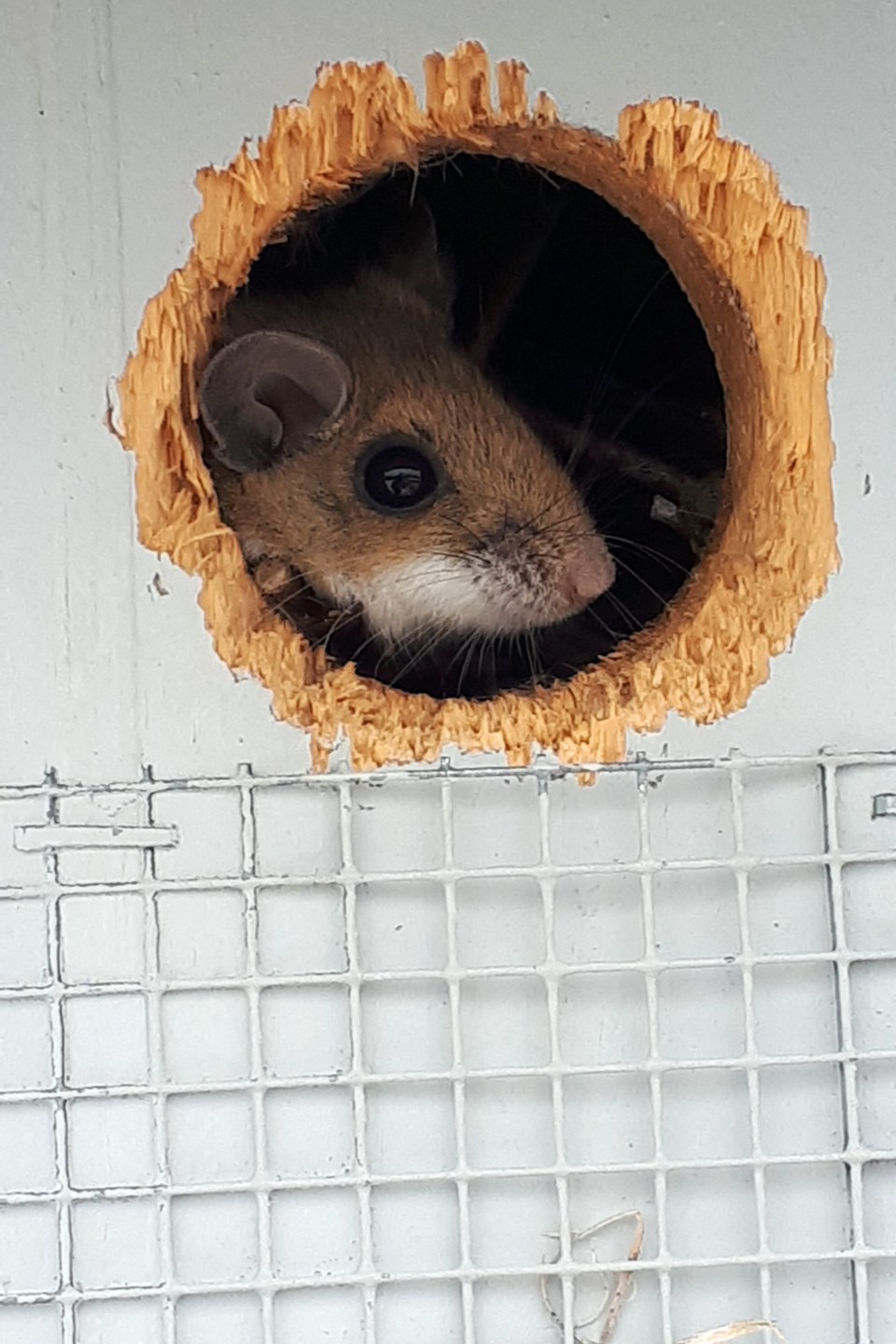January thaw. Yes I know, that term is bitter to snowmobilers, ice anglers, cross-country skiers, outdoor pond hockey rink rats and to the recreation and resort world in general ... but I love it! A January thaw is a darn good break from the monotony of snow, ice, snow, ice, snow, ice, etc.
"Winter? Ya call this winter? Back in the 50s and 60s what we have now was just November getting us primed for winter!" Now there was a time, just a couple of decades ago it seems, when a January thaw really was a bonus within a long string of snow-filled weeks.
"I suppose, in years to come, that this will be known as the winter of the Big Thaw." I wrote that within this column in 1990 and again in 2013. And here we are yet again. Do three occurrences make a pattern? Is this nature's way of getting rid of snowmobiles?
OK, so I'll stop with the nostalgia. But really, the winters of the recent past years, at least here in southern Ontario, are pretty wimpy when compared to those of years earlier.
There's no way one can miss the effect of this recent warm spell, as slush and pools of cold water have almost instantly replaced snowbanks and that insulating blanket of snow. Sure, it's very March-like weather, but unfortunately the calendar indicates we're still firmly entrenched in January!
This extended mild spell is having an effect on the natural denizens of the area, as most of the critters of the wild find their entire life dictated by the whims of weather patterns.
No doubt the first to feel the impact of these melt waters were the white-footed mice and meadow voles, whose very homes have been destroyed. Normally their winter residences are well hidden, and insulated, under the endless blanket of snow. Their dome of chewed grasses, fittingly chinked with fluff from the seeds of cattail or thimbleweed, is constructed just above the ground level yet below the snow, sandwiched in a remarkably cozy environment.
Running from this home would be several tunnels which lead to quiet feeding areas, possibly the base of a tender young maple sapling or cherry tree. From time to time the mice would tunnel up through the snow to pop out for a breath of fresh air, to ventilate the tunnels, or look for more food.
And now, as the snow turned to water, the resulting droplets filtered down through their neighbouring flakes, until the whole superstructure of now saturated snow collapsed. Without the microscopic air pockets that existed between the spikes of the snowflakes, the insulating value of the snow just dropped to R-0.
Forced to travel above the once protective snow, these small mammals have three options: die from exposure; become a meal for a predator; or relocate to a less than perfect home.
The owls, hawks, shrikes, foxes and coyotes of the region are celebrating their good fortune. Easy pickings are always a treat, and for a few days they will no doubt reap the harvest of the thaw. Mid-January is when the male red foxes are travelling many kilometres a night seeking a mate, so this availability of roadside snacks is no doubt much appreciated.
But not all the mice and voles will perish. Some, through good providence or possibly forethought, will find a hollow in a rotting log, or will refurbish a bird's nest in a shrub with whatever dry grasses may be found. Or perhaps find a vacant bird house. And some will discover that fiberglass insulation makes for a dandy albeit itchy home; just watch the mini-boom in sales of mouse traps over the next few weeks.
As this freeze-thaw cycle progresses, the easy pickings enjoyed by the predators will soon come to an end. Most of the available mice will be consumed within a few days, and starvation may follow gluttony. In other years of similar weather, scores of starving hawks and owls have shown up at bird rehabilitation centres following extensive fluctuations in weather.
If you can walk up to, and even pick up, a hawk that is so weak that it knows resistance is futile, then you have a bird in the last stages of starvation. This has happened on a number of occasions over past years. Once a bird has reached this state there is very little that can be done to save it, as its emaciated digestive system couldn't break down food even if force fed.
Who knows what the results will be of this big thaw? Perhaps an explosion of the mouse population due to lack of competition? Will this lead to a surge in the hawk and coyote populations if food is that abundant? Or will it be a quiet year for both groups of species as they adjust to the severe blows dealt by Mother Nature? We can but wait and see.



